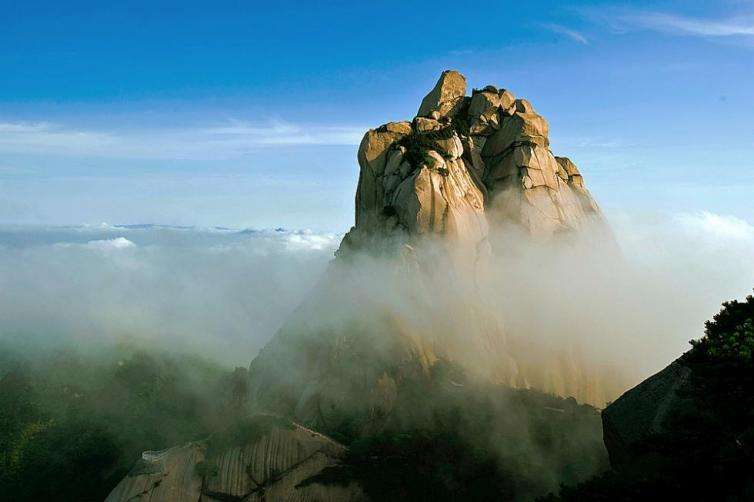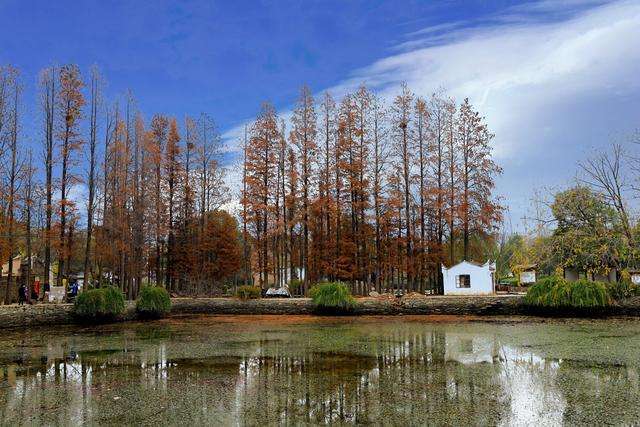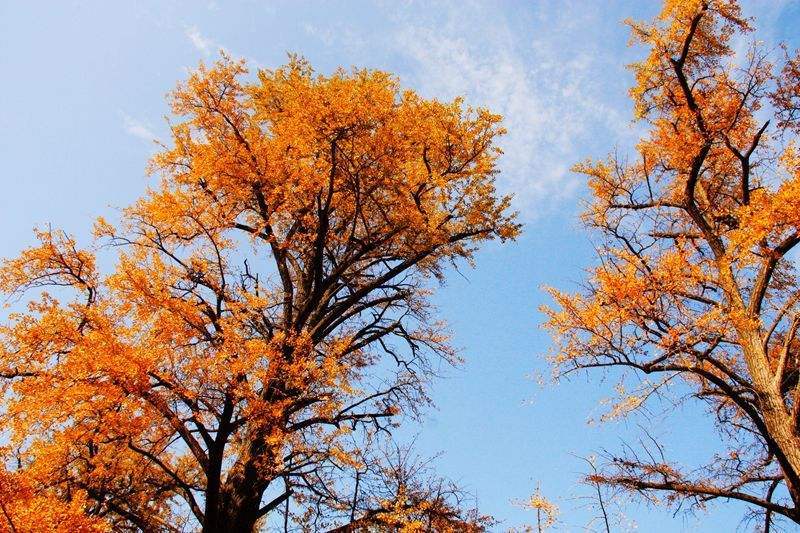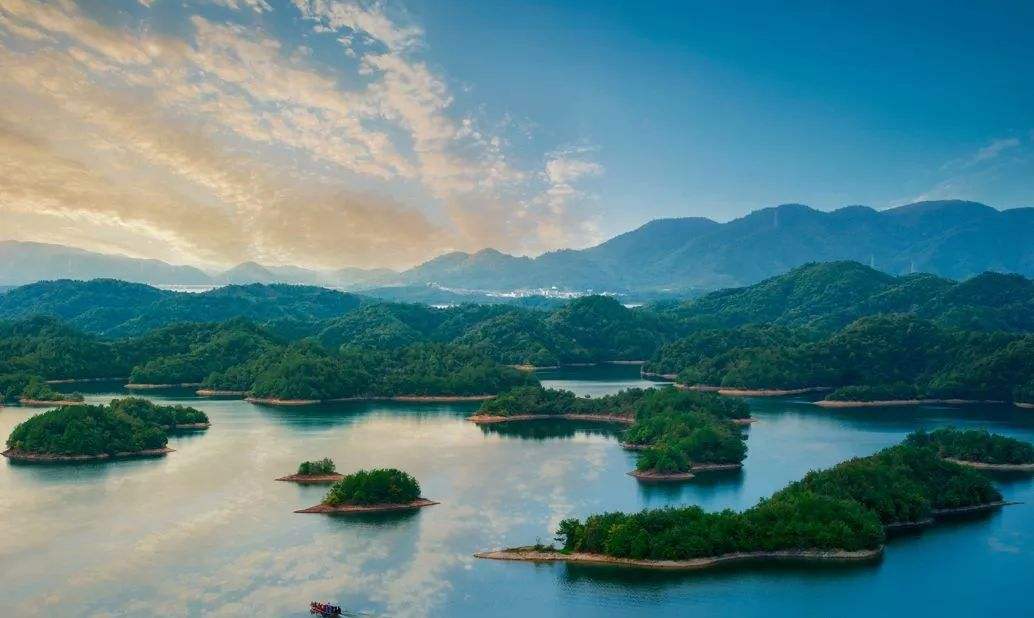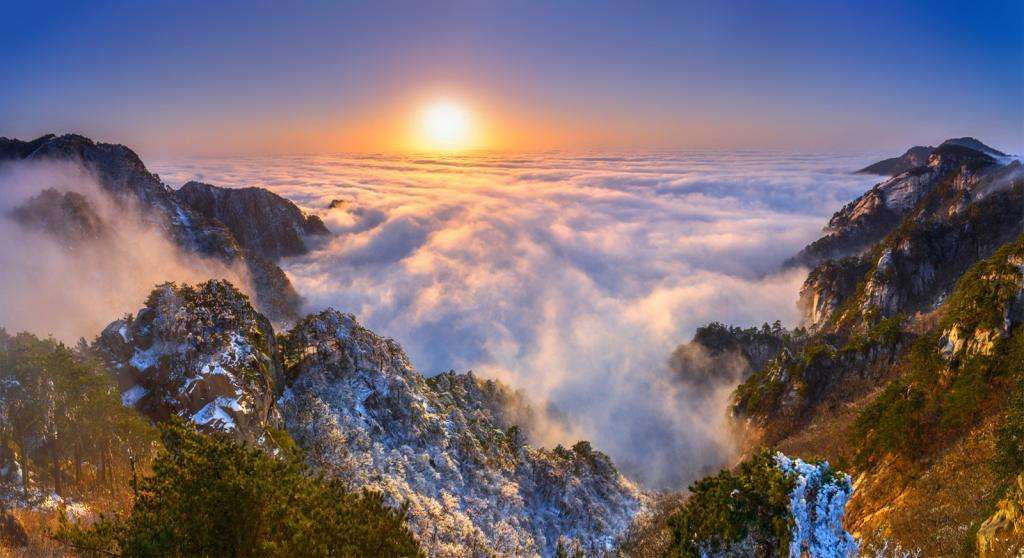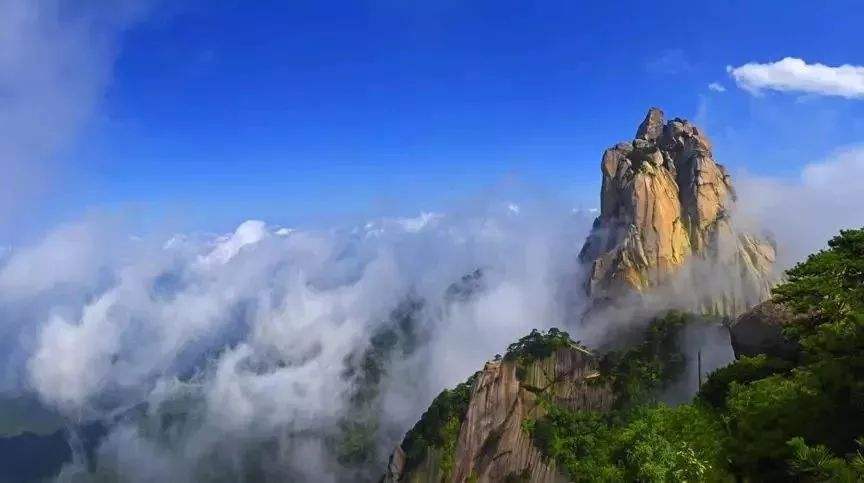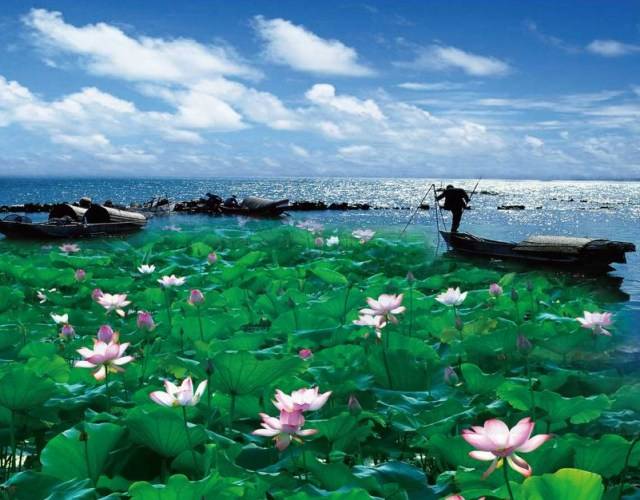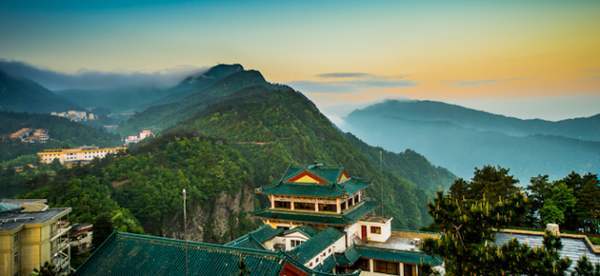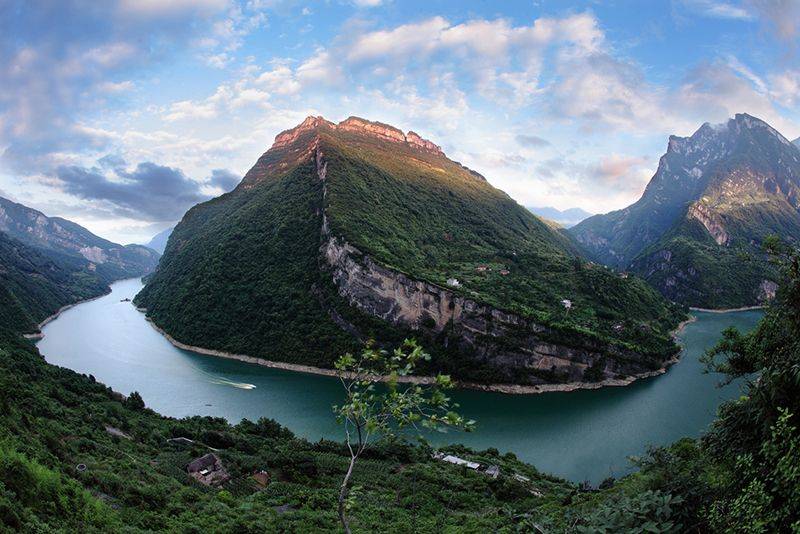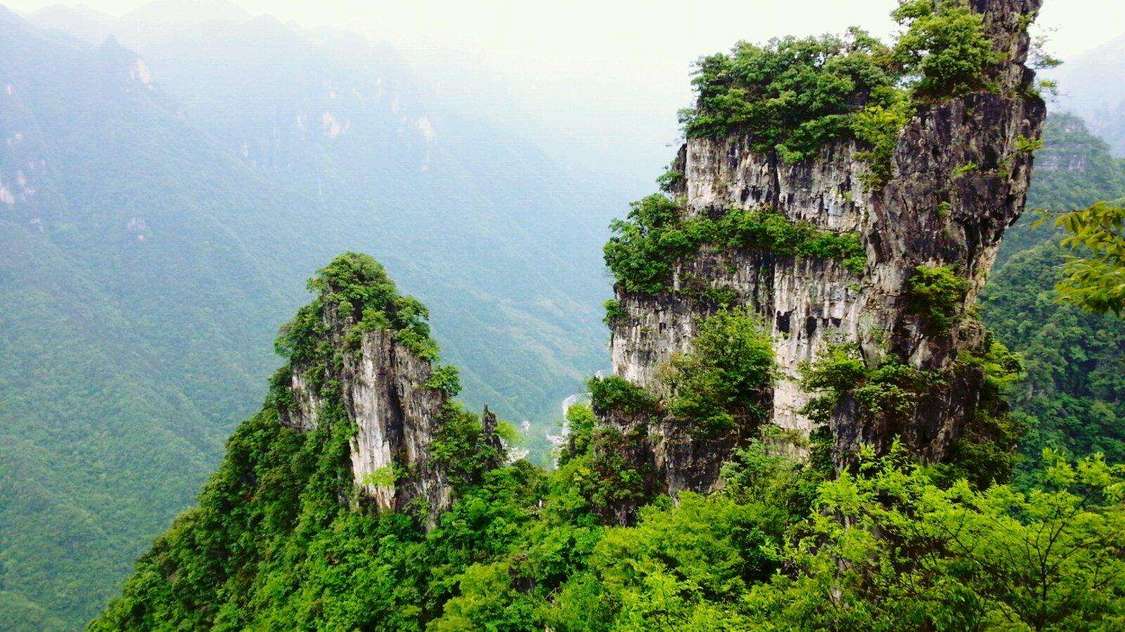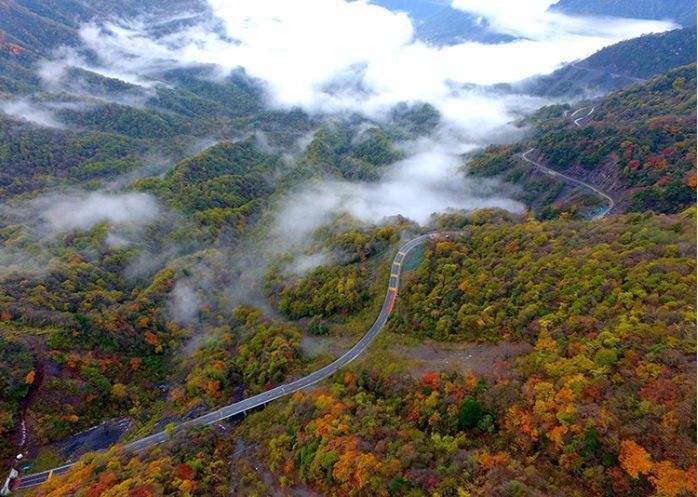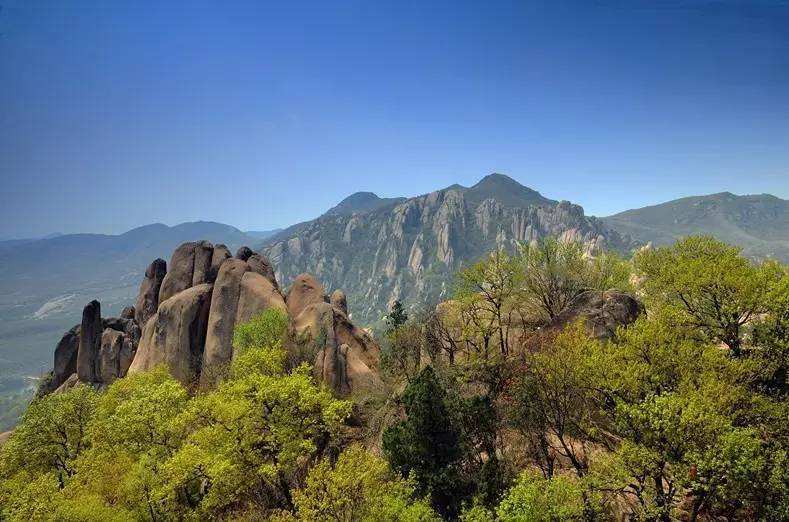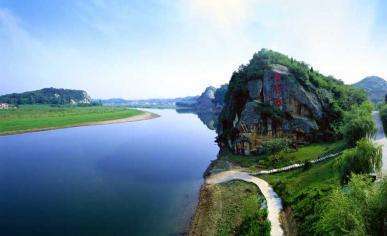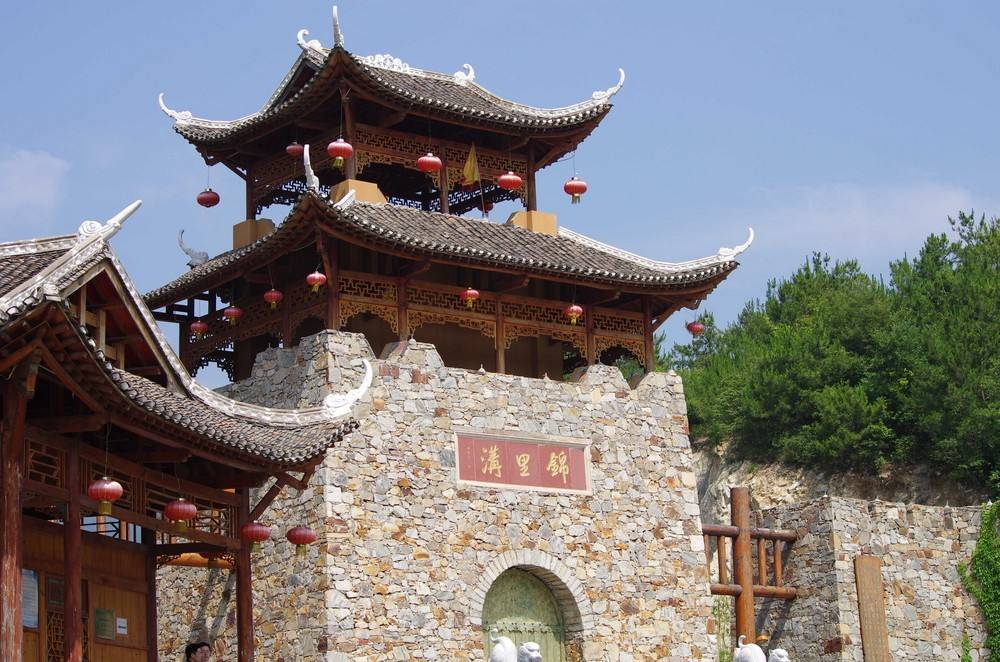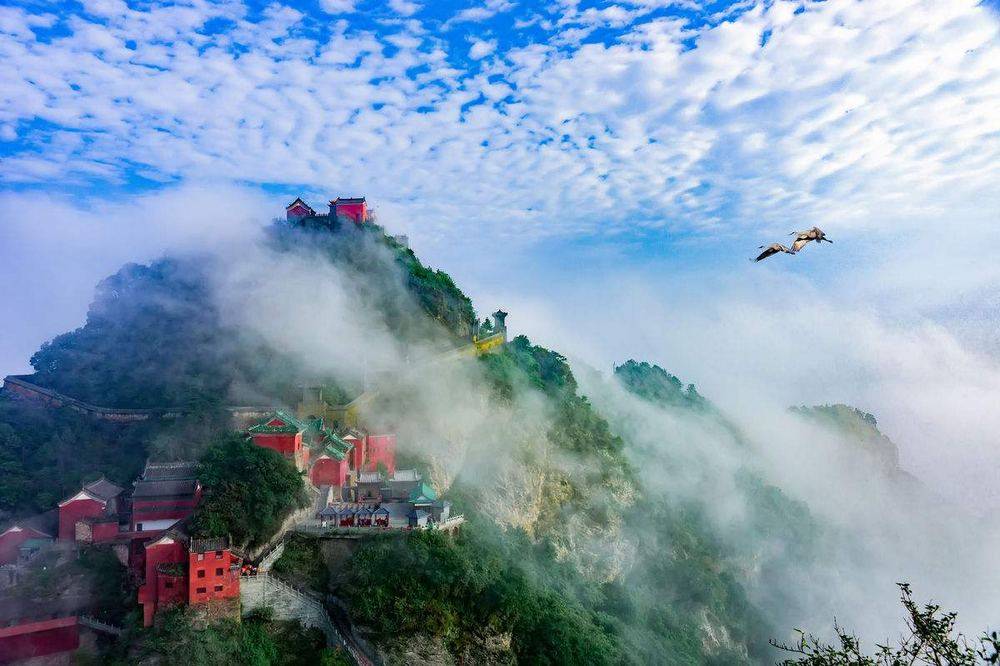Mulan Chuan Dayu Bay
Dayu Bay is nestled against the mountains and water, tranquil and picturesque, showcasing the typical architectural style of Wuyuan residences. A closer look at the genealogy reveals that the settlers indeed have blood ties with Wuyuan in Jiangxi. The houses built by the people of Dayu Bay reflect a very complete concept of a peaceful dwelling in terms of form, layout, materials, and techniques: 'The front wall surrounds the water, the back wall surrounds the mountain, large courtyards enclose small courtyards, small courtyards surround each room, the whole village has about a hundred households, interspersed with twenty alleys, every house is connected, each household has a separate entrance, square stone slab roads, drip line stone walls, many carvings inside, painted eaves corridors in front of the doors.' Here, you can stay and dine in farmhouses, or enjoy a day of authentic farmhouse cuisine in a local's home. You can pick wild vegetables or go fishing, depending on your preference, and enjoy a leisurely tour of the village.
China Millennium Ginkgo Valley Scenic Area - Luoyang Town
Ginkgo is the city tree of Suizhou City, which has hosted the Ginkgo Festival several times. There are more than a hundred villages and bays named after the ginkgo tree (also known as the white fruit tree) in the entire city. 'When you step out, you see nothing but ginkgo orchards everywhere, countless trees, numbering in the tens of thousands.' Among them, Luoyang Town has 308 ginkgo trees that are over a thousand years old and more than 17,000 ginkgo trees that are over a hundred years old, with over 5.1 million ginkgo trees planted. The ancient ginkgo trees form a continuous stretch, creating a valley. The Millennium Ginkgo Valley Scenic Area covers five villages: Jiukouyan, Zhangfan, Hujiahe, Yongxing, and Gongdian, stretching for 12 kilometers. Especially in the areas of Hujiahe and Yongxing Village, there are countless towering ancient trees, majestic and dense, blocking out the sun. Among them, the 'Ginkgo Supreme' on the Jiuguling of Qinglinzhai is said to have been conferred by Zhu Yuanzhang after he became emperor. The tree is 2,600 years old and still lush and vigorous; beside the Zhou Family Ancestral Hall, there are five ginkgo trees, each over 2,000 years old, with a circumference of about 8 meters. Their roots are intertwined, supporting each other, shading several acres, and are locally known as the 'Five Old Trees.'
Yunju Mountain, Tuolin Lake
Yunju Mountain Scenic Area is located in Yongxiu County, Jiangxi Province. It consists of scenic spots such as Lotus City, Hundred Flowers Valley, Qingshi Lake, and Quanci'ao, covering an area of 236.5 square kilometers. It is a provincial key scenic area mainly for religious tourism and leisure sightseeing. Tuolin Lake Scenic Area is located in Yongxiu County and Wuning County, Jiangxi Province, with a total area of 308 square kilometers. The lake area within Yongxiu County covers 72 square kilometers and has 331 islands. It is a provincial key scenic area that integrates sightseeing, leisure, and vacation.
Dabie Mountain National Forest Park
Dabie Mountain National Forest Park is located in the northern high mountain area of Luotian County, 230 kilometers from Wuhan City. Within the park, the mountains are majestic, the waters are beautiful, the flowers and trees are lush, and the scenery is endless. The main peak of Dabie Mountain, Tiantangzhai, stands at 1729.13 meters and is known as the 'First Peak of Central China'. The Tiantangzhai Scenic Area features majestic mountains, deep valleys, and beautiful waters. The Bodaofeng area is known for its unique pines, strange rocks, and steep peaks. Tiantang Lake boasts wide waters, green mountains, and clear waves. Truly, there is a scenic view every three steps and a wonder every five steps. Dabie Mountain is attracting tourists from all directions with its beautiful natural landscapes and unique cultural history.
Tianzhu Mountain National Scenic Area
Located in Qianshan County, Anqing City, Anhui Province, it is a national key scenic area, a national AAAA-level tourist area, and a national civilized forest park. In ancient times, Emperor Wu of Han admired its majestic appearance during his southern tour and conferred it the title of 'Ancient Southern Yue'. Tianzhu Mountain is renowned for its towering peaks, cascading waterfalls, winding caves, and its natural mountain scenery, unique water and cave landscapes, and long-standing historical relics.
Honghu Lantian Ecological Tourism Scenic Area
Honghu is known as the 'City of a Hundred Lakes' and the 'Land of Fish and Rice'. It is the largest freshwater lake in Hubei Province and one of the few remaining large freshwater lakes in the world that has not been polluted. The lake features vast water surfaces, endless green waves, abundant aquatic plants, and rich fish and shrimp resources. Its unique natural scenery makes it an excellent choice for leisure and vacation.
Jiugong Mountain
Jiugong Mountain, a national scenic area, is located in Tongshan County in the southeastern part of Hubei Province. It stretches across the middle section of the Mufu Mountain Range at the border of Hubei and Jiangxi. Jiugong Mountain connects to Hengyue in the west and Kuanglu in the east, covering hundreds of miles with a total area of 210 square kilometers. The highest peak reaches an altitude of 1543 meters. Jiugong Mountain is characterized by towering peaks, deep valleys, rushing springs and waterfalls, floating clouds and mist, and ancient towering trees that form a sea of forests. Here, rivers hang on cliffs, peaks compete in beauty, and trees vie in splendor. Jiugong Mountain combines the picturesque beauty of southern Chinese peaks with the grandeur of northern ridges, embodying majesty, uniqueness, beauty, and danger all in one, earning it the title of 'Fairy Mountain of the Nine Heavens.'
Qingjiang Gallery Scenic Area
Qingjiang Gallery Scenic Area is located in Changyang Tujia Autonomous County, Yichang. It covers all tourist attractions and scenic spots along the Qingjiang River, from the Geheyan Dam to the Shuibuya Salt Pool Hot Spring. The area highlights three major attractions: Daoying Gorge, Xianren Village, and Wuluo Zhongli Mountain.
Gu Chaoyin Cave, Chaibu Creek
Chaibu Creek Grand Canyon Scenic Area covers a total area of 60 square kilometers. It is a strip-shaped grand canyon, belonging to the Wuling Mountains along with Zhangjiajie. It features rare karst landforms and typical canyon peak forest landscapes. The canyon exit is 5 kilometers from Yuyangguan Town, the eastern gate of Wufeng County, and it is adjacent to the Qingjiang River in Changyang to the north, only 30 kilometers from Wuluo Zhongli Mountain. 'Chaibu Creek, a secluded canyon stretching for a hundred miles, with three thousand peaks like a fairyland.' The canyon is densely covered with stone forests and sheer cliffs. 'Zhangjiajie in the south, Chaibu Creek in the north' is a true portrayal of its beauty.
Shennongjia National Nature Reserve
Shennongding Scenic Area is a national nature reserve with a total area of approximately 883.6 square kilometers. It is a natural ecological tourism area characterized by a well-preserved forest natural ecosystem and ecological diversity, reflecting the theme of harmonious coexistence between humans and nature. It is one of the key scenic spots in Shennongjia. The Shennongding Scenic Area is located in the southern part of the Shennongjia Nature Reserve, with peaks all above 3000 meters above sea level, earning it the title of 'Roof of Central China'.
Chaya Mountain Scenic Area
Chaya Mountain is located in Zhumadian, Henan Province. It is an extension of the eastern edge of the Funiu Mountains. The mountain is named for its steep terrain and numerous strange rocks. It is also known as Stone Monkey Fairy Mountain and has been praised as 'the world's most unique mountain,' 'the bonsai of Central Plains,' and 'the stone forest of the North.' The entire scenic area features nine famous peaks, nine famous rivers, nine unique rocks, and nine famous pavilions, making it a picturesque place that feels like a fairyland. The area experiences distinct seasons and has a pleasant climate.
Dangyang has a long history and splendid culture. In Baibao Village, there is a typical Danxia landform. The exposed mountains, reddish sandstone, lush forests, and clear rivers blend magnificently together. The scenic area features unique mountain rocks, beautiful water landscapes, vast forest vegetation, and numerous historical sites and scenic spots. It is planned to build a place here that is primitive, tranquil, serene, natural, and simple, often referred to as 'Little Guilin.' Baibao Village: When did it originate, and what was its purpose? What was the military camp's might back then? These remain unsolved mysteries of the ages. Additionally, Dangyang is the birthplace of Chu culture and is home to the Guanling Temple, one of the three major Guan temples in China. The temple features red walls and yellow tiles, double-eaved roofs, and a dignified and ancient design, exuding elegance and grace.
This is a pristine scenic area surrounded by mountains, where precious negative ions permeate the air, serving as a 'starting point' for urban dwellers to return to health, offering a perfect 'forest breath.' Take a ride on the ancient-style boat unique to Jinli Valley, listen to the antiphonal singing of Tujia girls and boys, and enjoy the distinctive Tujia charm. You can also taste a variety of special Tujia dishes in the restaurant Shangguelou, appreciate traditional song and dance performances by Tujia girls, and even experience an exhilarating mountain road slide.
Wudang Mountain
Wudang Mountain not only boasts unique and magnificent natural landscapes but also has a rich and colorful cultural heritage. It can be said that the unparalleled beauty of Wudang Mountain is a harmonious blend of natural and cultural beauty, earning it the title of 'the unparalleled wonder of the ages and the number one fairy mountain in the world.'
